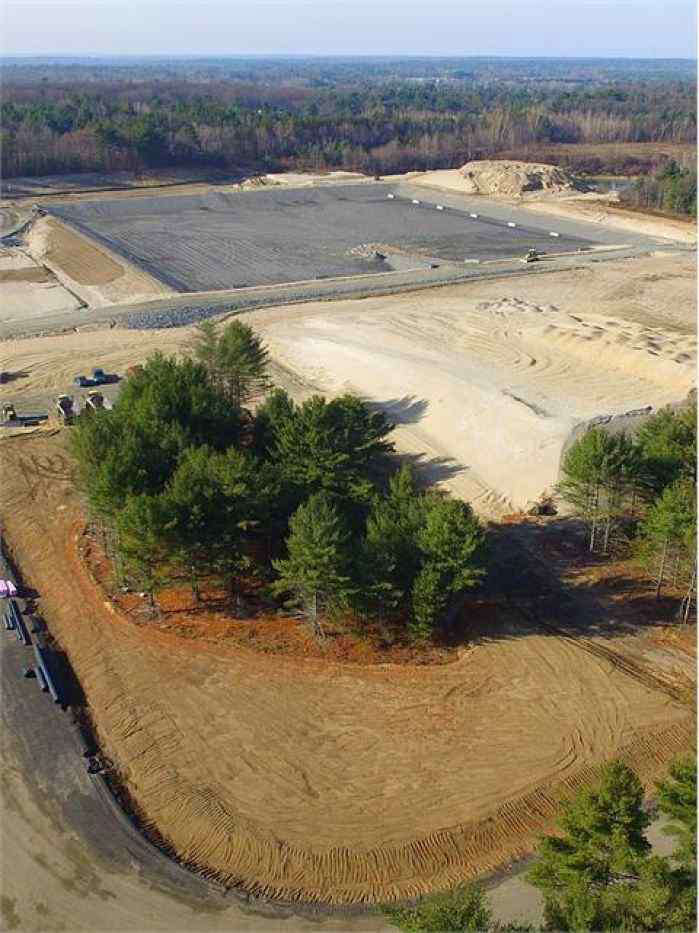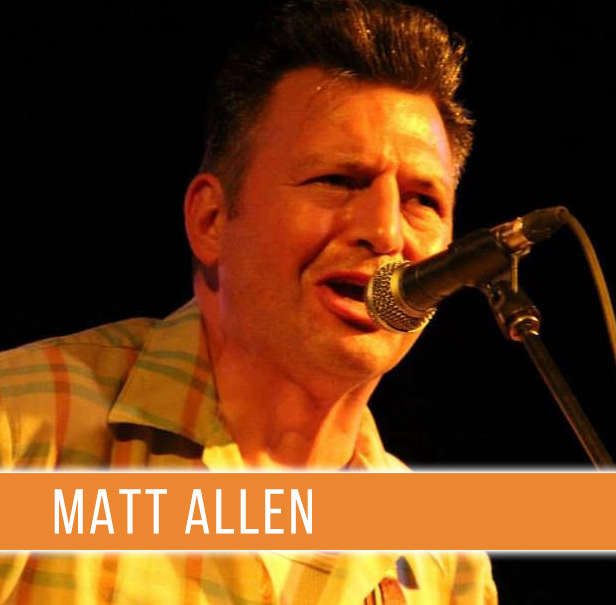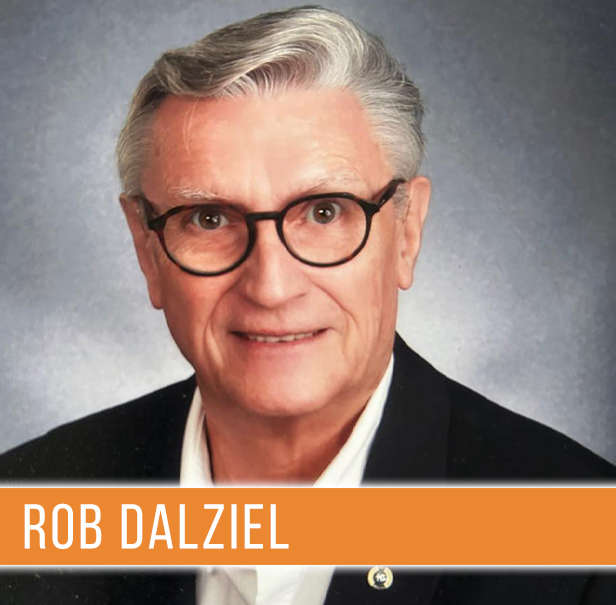
“More than half taking up landfill space didn’t need to.”
District of Muskoka Council approved the ambition level they will use for the ongoing rollout of the Solid Waste Master Plan (SWMP), in the August 21, 2025, meeting.
According to the staff report, levels of ambition for consideration to guide the direction of phase 2 and 3 of the SWMP moving forward included:
- A conservative approach for implementing steady and well-established improvements and planning alternative measures for the Rosewarne landfill site.
- Moderation regarding initiating a progressive approach to address needs and challenges, including initiating impactful improvements “deferring cost increases associated with alternative disposal options.”
- Being aggressive with the goal of being a leader in waste management, initiating innovative and bold actions towards maximising the lifespan of Rosewarne, and “investing in the short and medium term for long-term cost control.”
Staff have been directed “to set a moderate level of ambition” for the ongoing implementation of the SWMP.
They indicated that the SWMP will be used as guidance for waste management goals for the next 30 years, outlining strategies, policies, and programs to meet future needs, with consideration to the growing population and “shrinking land fill space,” and for environmental issues like reducing GHG emissions, fiscal responsibility, service delivery, accessibility, and education awareness.
Targets presented involve reducing generated garbage by 10% by 2030, 25% by 2050, and divert 60% of all solid waste from the landfill by 2030, and 80% by 2050.
73% of curbside collection in the summer amounted to 26,000 tonnes in 2023, said staff. They added, “More than half taking up landfill space didn’t need to.”
Considerations for waste management moving forward will involve determining whether the District will burn, bury or transport waste elsewhere.
Phase one of the SWMP had a strong focus on community engagement, and the second phase will involve evaluating findings, projections, needs, ambition and continued community engagement.
Other considerations moving forward may include proposed performance indicators such as looking at measuring residential waste disposal by determining how much each person puts in the garbage annually, and the total waste put in the landfill.
Funding options presented included a fully rate based model where people pay for services used, a rate charged on property tax based on the home assessment value, or the hybrid model currently used which includes both user fees and property tax.
Council members expressed issues, such as seasonal residents paying the same rates as full-time ones, and the potential for investigating options for dealing with commercial waste and generating new revenue sources.
Councillor, Rick Maloney suggested finding a way to get outliers of the urban core or what he referred to as “low hanging fruit,” such as residences on private roads, into the waste collection system, as a means for added revenue.
Next steps will involve public engagement beginning this September, in addition to a report providing costs and a more detailed analysis of the moderate option chosen by Council and the other options.



 Police charge two with drug offences
Police charge two with drug offences
 Dolly Parton Imagination Library expanding in Muskoka
Dolly Parton Imagination Library expanding in Muskoka
 Federal offender known to visit the Magnetawan area
Federal offender known to visit the Magnetawan area
 Hoyas face off against OPP in Corner Lighthouse benefit game
Hoyas face off against OPP in Corner Lighthouse benefit game
 Lake of Bays Council updated on their local economic development activity
Lake of Bays Council updated on their local economic development activity











Comments
Add a comment